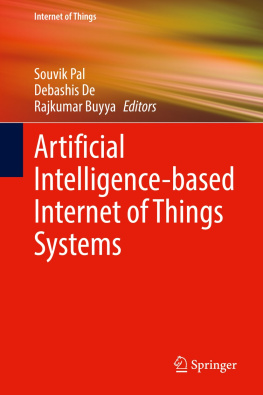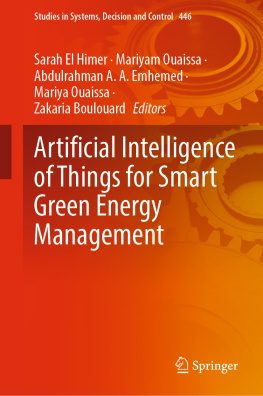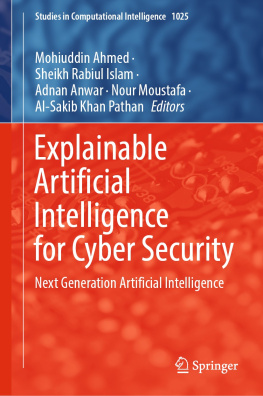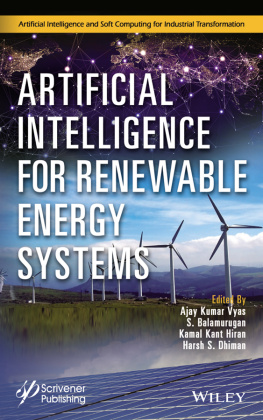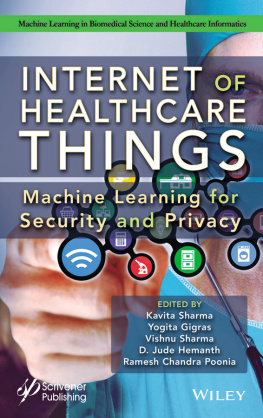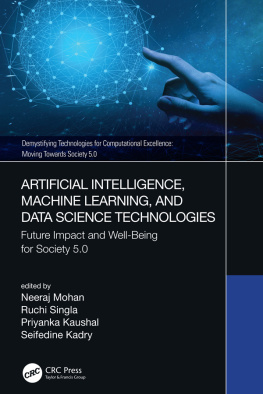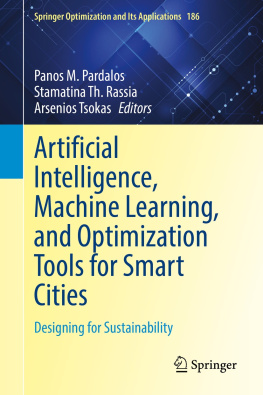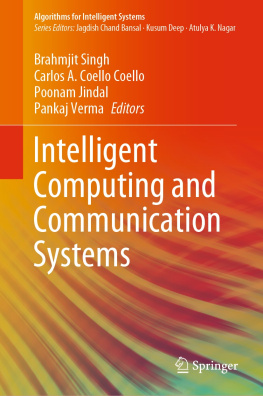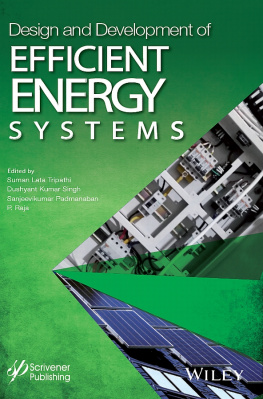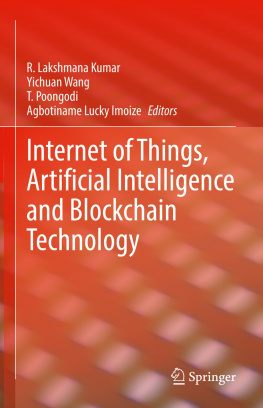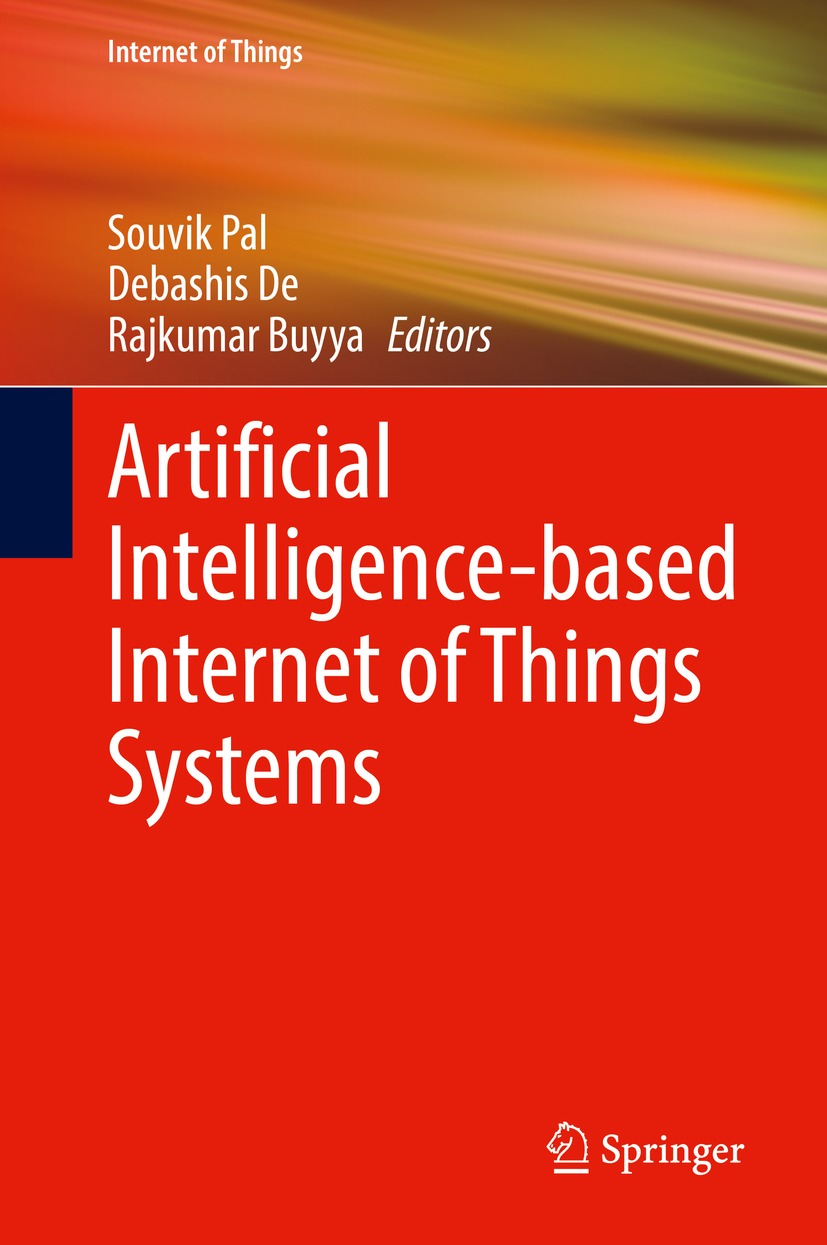Internet of Things Technology, Communications and Computing
Series Editors
Giancarlo Fortino
Rende (CS), Italy
Antonio Liotta
Edinburgh Napier University, School of Computing, Edinburgh, UK
The series Internet of Things - Technologies, Communications and Computing publishes new developments and advances in the various areas of the different facets of the Internet of Things. The intent is to cover technology (smart devices, wireless sensors, systems), communications (networks and protocols) and computing (theory, middleware and applications) of the Internet of Things, as embedded in the fields of engineering, computer science, life sciences, as well as the methodologies behind them. The series contains monographs, lecture notes and edited volumes in the Internet of Things research and development area, spanning the areas of wireless sensor networks, autonomic networking, network protocol, agent-based computing, artificial intelligence, self organizing systems, multi-sensor data fusion, smart objects, and hybrid intelligent systems.
** Indexing: Internet of Things is covered by Scopus and Ei-Compendex **
More information about this series at https://link.springer.com/bookseries/11636
Editors
Souvik Pal , Debashis De and Rajkumar Buyya
Artificial Intelligence-based Internet of Things Systems

Logo of the publisher
Editors
Souvik Pal
Department of Computer Science and Engineering, Sister Nivedita University, Kolkata, West Bengal, India
Debashis De
Department of Computer Science and Engineering, Maulana Abul Kalam Azad University of Technology, West Bengal, Kolkata, West Bengal, India
Rajkumar Buyya
School of Computing and Information Systems, The University of Melbourne, Melbourne, VIC, Australia
ISSN 2199-1073 e-ISSN 2199-1081
Internet of Things
ISBN 978-3-030-87058-4 e-ISBN 978-3-030-87059-1
https://doi.org/10.1007/978-3-030-87059-1
The Editor(s) (if applicable) and The Author(s), under exclusive license to Springer Nature Switzerland AG 2022
This work is subject to copyright. All rights are solely and exclusively licensed by the Publisher, whether the whole or part of the material is concerned, specifically the rights of translation, reprinting, reuse of illustrations, recitation, broadcasting, reproduction on microfilms or in any other physical way, and transmission or information storage and retrieval, electronic adaptation, computer software, or by similar or dissimilar methodology now known or hereafter developed.
The use of general descriptive names, registered names, trademarks, service marks, etc. in this publication does not imply, even in the absence of a specific statement, that such names are exempt from the relevant protective laws and regulations and therefore free for general use.
The publisher, the authors and the editors are safe to assume that the advice and information in this book are believed to be true and accurate at the date of publication. Neither the publisher nor the authors or the editors give a warranty, expressed or implied, with respect to the material contained herein or for any errors or omissions that may have been made. The publisher remains neutral with regard to jurisdictional claims in published maps and institutional affiliations.
This Springer imprint is published by the registered company Springer Nature Switzerland AG
The registered company address is: Gewerbestrasse 11, 6330 Cham, Switzerland
Preface
This book aims to bring together leading academic scientists, researchers, and research scholars to exchange and share their experiences and research results on all aspects of Internet of Things (IoT)-enabled artificial intelligence-based technologies. It also provides a premier interdisciplinary platform for researchers, practitioners, and educators to present and discuss the most recent innovations, trends, and concerns as well as practical challenges encountered and solutions adopted in the fields of AI-based IoT. This book aims to attract researchers and practitioners who are working in information technology and computer science. This book is about basics and high-level concepts regarding artificial intelligence paradigm in the context of Internet of Things. This book covers a wide range of AI-enabled IoT technologies. This book aims to explore the insight paradigm of the AI-based IoT technologies which will bring a smooth platform for the scope of industry-academia. The wide-range contents will differentiate this edited book from others. The contents include functional framework and protocols for IoT-based system, intelligent object identification, intelligent sensors, learning and analytics in intelligent IoT-enabled systems, CRISP-DM frame work, RFID technology, wearable sensors, IoT semantics, knowledge extraction, applications of linear regression, classification, vector machines and artificial neural networks for IoT devices, Bayesian learning, decision trees, deep learning frameworks, computational learning theory, multi-agent systems for IoT-based ecosystem, machine learning algorithms, nature-inspired algorithms, computational intelligence for cloud-based Internet of Things, and trustworthy machine learning for IoT-enabled system in IoT related topics. The above topics are likely to be embedded with the AI-enabled IoT technologies for future generation automation.
Chapter explores IoT architecture; analyzes IoT networks technical details; and describes communication enabled technologies. Moreover, this chapter deals with various AI-based technologies integrated into IoT, edge computing, and trust models for IoT appliances. Recent AI-based projects and research challenges concludes this chapter.
Chapter has formulated an overview of the IoT environment which illustrates IoT architecture, gateways, nodes, middleware, OSs, framework, protection, storage and computation, communication or networking technologies of IoT, and interfaces for the efficient utilization of data in an ecosystem. This chapter moreover illustrates the hierarchy of the intelligence of the IoT ecosystem, which describes the process of generation of data, derivation of desired information from those raw data, processing, and manipulation.
Chapter illustrates a detailed view of ML and DL applicability in WSN and IoT. This chapter also describes a complete view of various neural networks (NN) and support vector machine (SVM) types that incorporate frequent, deep neural networks, quarter and ellipsoidal SVMs, and subspace-SVM forms, which are relevant to wireless and IoT appliances. This chapter provides an in-depth summary of various communication issues in IoT that are addressed by neural networks and SVM, and application and motivation for using those techniques. Followed by intrusion detection in IoT with NN and SVM, a case study on outlier detection WSNs data and future research implementations is discussed.
Chapter evaluates the different methods of machine learning that deal with the challenges posed in the handling of IoT data. Big data is generated through the communication of Internet of Things/smart devices, and this data stored at cloud. The taxonomy of machine learning algorithms is described in this chapter, explaining how different techniques are applied to data generated using IoT devices. It will also address the future problems of machine learning for IoT data analytics.

